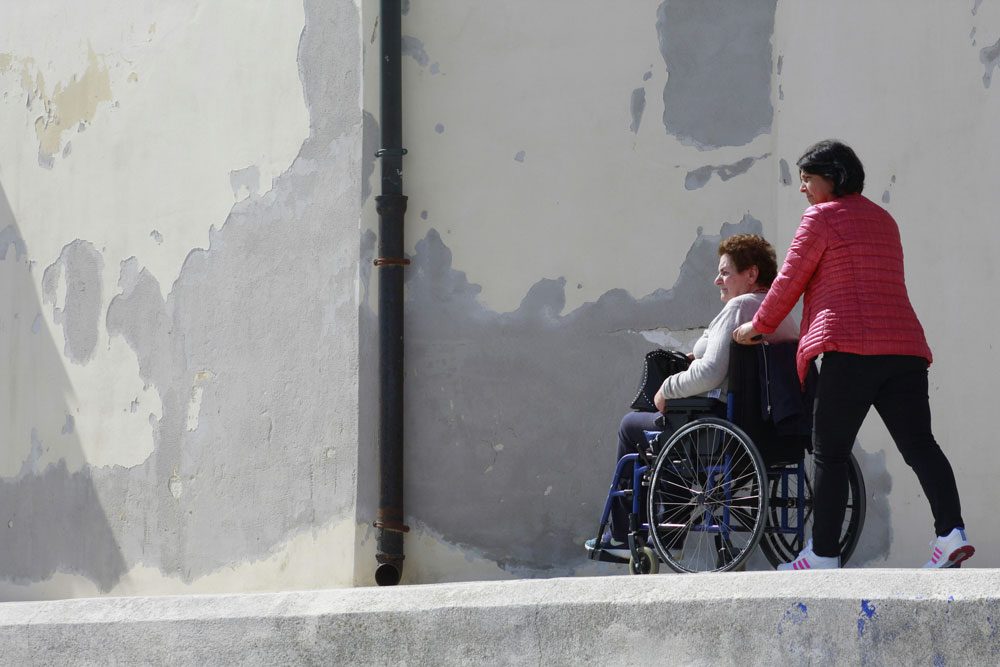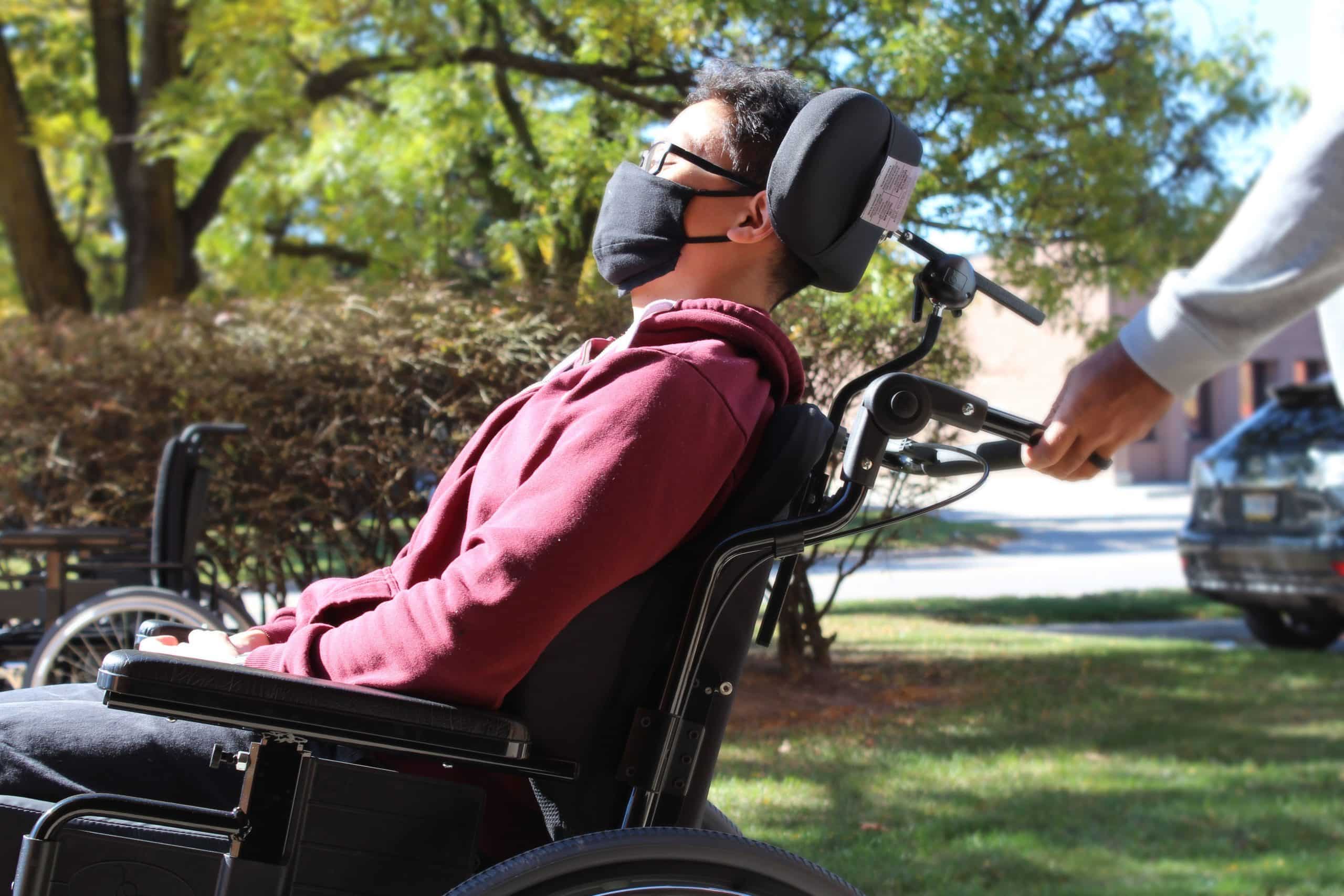Traveling is an enriching experience, offering new perspectives, adventures, and memories. For wheelchair users, traveling comes with unique challenges, but with proper planning and the right resources, these challenges can be effectively managed. Here’s a comprehensive guide to ensure your journey is as smooth and enjoyable as possible.

1. Plan Your Trip Thoroughly
Before embarking on your journey, invest time in research. Choose destinations that are known for being wheelchair-friendly, offering accessible transportation, accommodations, and attractions.
- Research Accessibility: Look for hotels, restaurants, and attractions that accommodate wheelchair users. Many travel websites and forums highlight accessible destinations and share reviews from other travelers.
- Contact Airlines and Transportation Services: Inform airlines or bus services about your requirements in advance. Most providers offer priority boarding, aisle chairs, and other assistance to wheelchair users.
- Create an Itinerary: Having a detailed plan can help minimize unexpected hurdles. Include buffer time in case of delays and research emergency contacts in your destination.
2. Choose the Right Wheelchair for Your Journey
Your wheelchair is your travel companion, so choosing the right one is crucial. Depending on the type of trip, you may need a specific type of wheelchair.
- Manual Wheelchairs: Ideal for short trips or destinations with smooth terrain.
- Electric Wheelchairs: Great for longer journeys, but ensure that batteries are airline-approved and fully charged.
- Travel Wheelchairs: Lightweight and compact, making them perfect for air travel and maneuvering through tight spaces.
If you’re considering upgrading or customizing your wheelchair, check out our product range for options tailored to your needs.
3. Pack Smartly
Packing for a trip requires extra consideration when traveling with a wheelchair. Include items that will ensure comfort and convenience.
- Essential Tools: Pack a basic repair kit with wrenches, patches, and spare parts in case of minor issues.
- Comfort Accessories: Bring cushions, backrests, or armrest pads for extended comfort during your trip.
- Medical Supplies: Include medications, first aid essentials, and any mobility aids you might need.
- Documentation: Carry medical prescriptions, a letter from your doctor (if needed), and a copy of your wheelchair’s manual.
4. Understand Airline Policies
Air travel can be a breeze if you’re familiar with airline policies and procedures for wheelchair users. Here are some tips:
- Book Early: Notify the airline of your specific needs when making a reservation. Mention whether you’ll be traveling with a manual or electric wheelchair.
- Label Your Wheelchair: Attach a tag with your name, contact information, and destination to ensure it’s handled properly.
- Request Assistance: Ask for assistance during check-in, boarding, and deplaning. Airlines typically provide aisle chairs and trained staff to help.
- Battery Guidelines: For electric wheelchairs, confirm that your battery complies with the airline’s safety regulations.

5. Navigate Airports Efficiently
Airports can be overwhelming, but they’re often equipped to accommodate wheelchair users.
- Use Priority Services: Many airports offer fast-track lanes for individuals with disabilities.
- Accessible Facilities: Familiarize yourself with the location of elevators, ramps, and accessible restrooms.
- Early Arrival: Arrive at least two hours before domestic flights and three hours before international flights to allow ample time for security checks and boarding.
If you have questions about specific requirements for your wheelchair, feel free to contact us for guidance.
6. Explore Accessible Accommodations
Finding the right accommodation can make or break your trip. Look for hotels or rentals that are explicitly labeled as wheelchair-accessible.
- Room Features: Ensure the room has wide doorways, roll-in showers, grab bars, and adjustable beds.
- Location: Opt for accommodations near accessible attractions to minimize commuting time.
- Call Ahead: Even if a property claims to be accessible, call to confirm details and ensure they meet your specific needs.
7. Utilize Accessible Transportation
Getting around your destination is easier with the right transportation options.
- Public Transit: Many cities have buses and trains equipped with ramps, lifts, and designated spaces for wheelchairs.
- Wheelchair-Accessible Taxis: Research companies offering accessible taxi services or consider ride-sharing apps with similar features.
- Car Rentals: Some rental companies provide vehicles with wheelchair ramps or hand controls.
For additional resources on mobility solutions, visit our website.
8. Stay Safe and Comfortable
Prioritizing safety and comfort will help you enjoy your trip to the fullest.
- Check Terrain: Be aware of the terrain at your destination. Cobblestone streets, steep inclines, and sandy beaches may require additional equipment or support.
- Hydration and Nutrition: Keep water and snacks handy, especially if accessible food options are limited.
- Emergency Plan: Know the local emergency contact numbers and the location of the nearest hospitals or clinics.
9. Engage with the Community
Connecting with other wheelchair travelers can provide valuable insights and support.
- Online Forums: Join travel communities and forums for tips and recommendations from seasoned wheelchair travelers.
- Local Guides: Some destinations offer tours specifically designed for wheelchair users, led by knowledgeable local guides.
10. Embrace the Adventure
Traveling with a wheelchair requires additional planning, but it doesn’t mean limiting your experiences. Embrace the adventure and focus on creating lasting memories.
If you’re looking for customized mobility solutions to enhance your travel experience, explore our offerings at Power Plus Mobility. For questions or support, don’t hesitate to contact us.
To visit our social media please click on Facebook and Instagram




